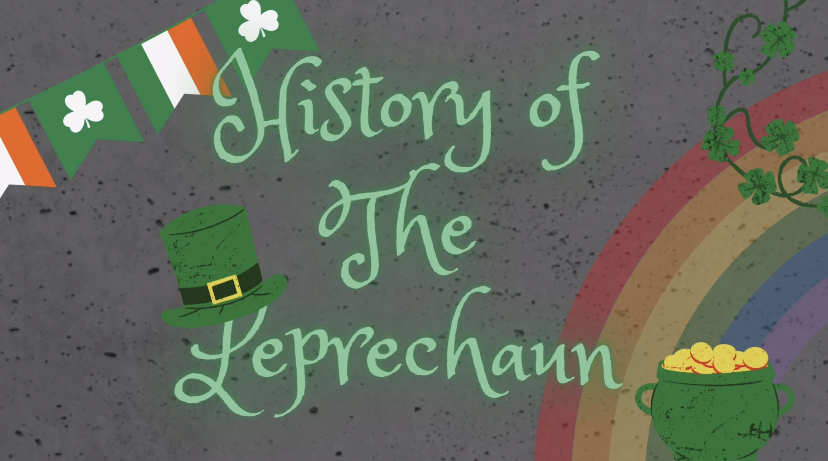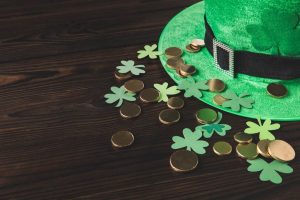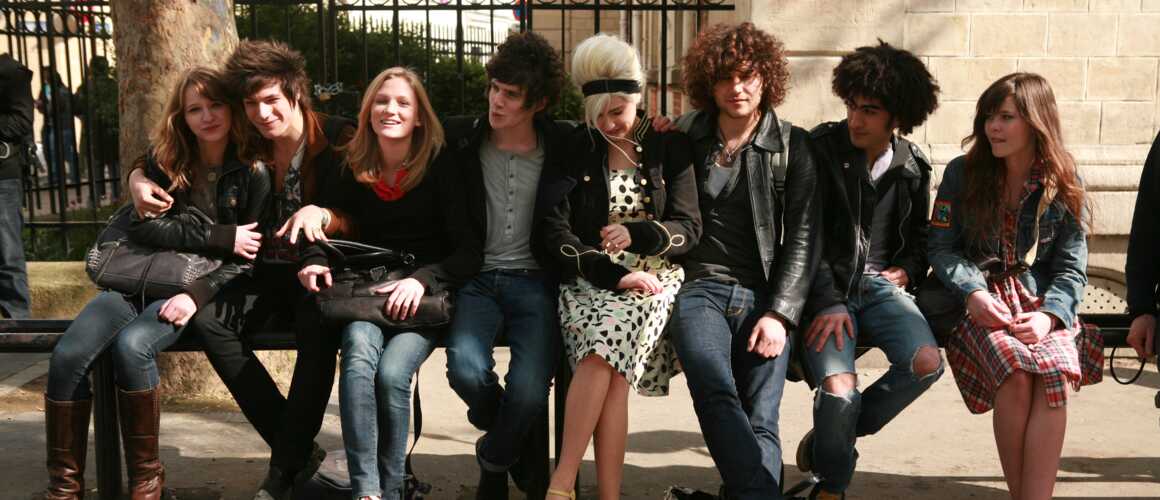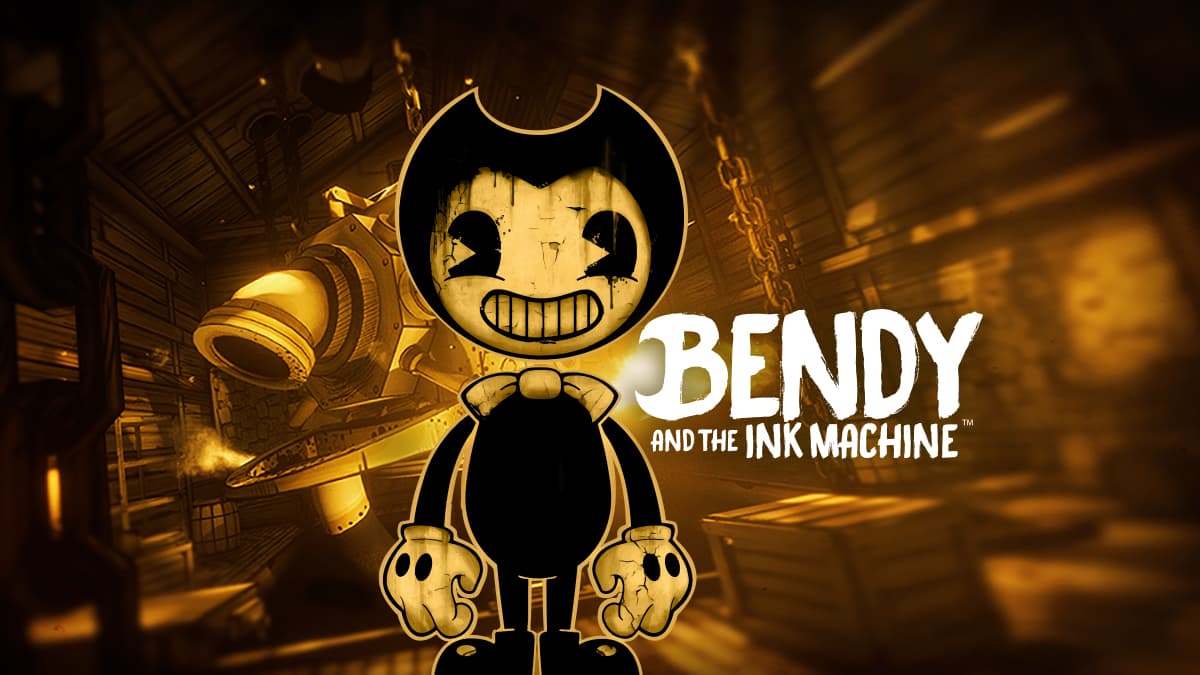
The leprechaun has always been associated with the holiday St. Patrick’s Day but have you ever found yourself wondering why? Where does it come from? What is a leprechaun? Well, all of these questions will be answered just continue reading and learn all about this mystical creature and its history.
What is a leprechaun?
Starting off with a question many people may have. The legend has it that a leprechaun is a type of fairy that stands about as tall as a three-year-old child. It’s believed there are no female leprechauns to be found. According to stories, the leprechaun is a shoemaker who spends most of his time making and fixing shoes. Their name is thought to come from the word “luchorpan”, meaning small body. Their name is also associated with the old term “leath bhrogan”, meaning shoemaker.
that stands about as tall as a three-year-old child. It’s believed there are no female leprechauns to be found. According to stories, the leprechaun is a shoemaker who spends most of his time making and fixing shoes. Their name is thought to come from the word “luchorpan”, meaning small body. Their name is also associated with the old term “leath bhrogan”, meaning shoemaker.
Where it starts:
Tales of these small creatures first began in the 8th century, when legends about tiny water-dwellers began circulating among the Celts. These mystical creatures were so ingrained into Irish culture, even today. Over the years the history of leprechauns has become associated with everything green and are now often depicted as old men dressed in a hat and suit of this color, wearing buckled shoes. However, this wasn’t always the case. They were originally depicted as wearing red and were thought of as being dressed in these colors for many years.
Why is a leprechaun lucky?

The leprechaun story says capturing these small creatures will secure a wee bit of luck in addition to three wishes. They have become associated with the “luck of the Irish,” which is one of the reasons they remain so popular today. Leprechauns carry two pouches. One holds a silver shilling a magical coin that returns to the pouch each time it is paid out. The other holds a single gold coin which the leprechaun uses to try to remove himself from difficult situations.












